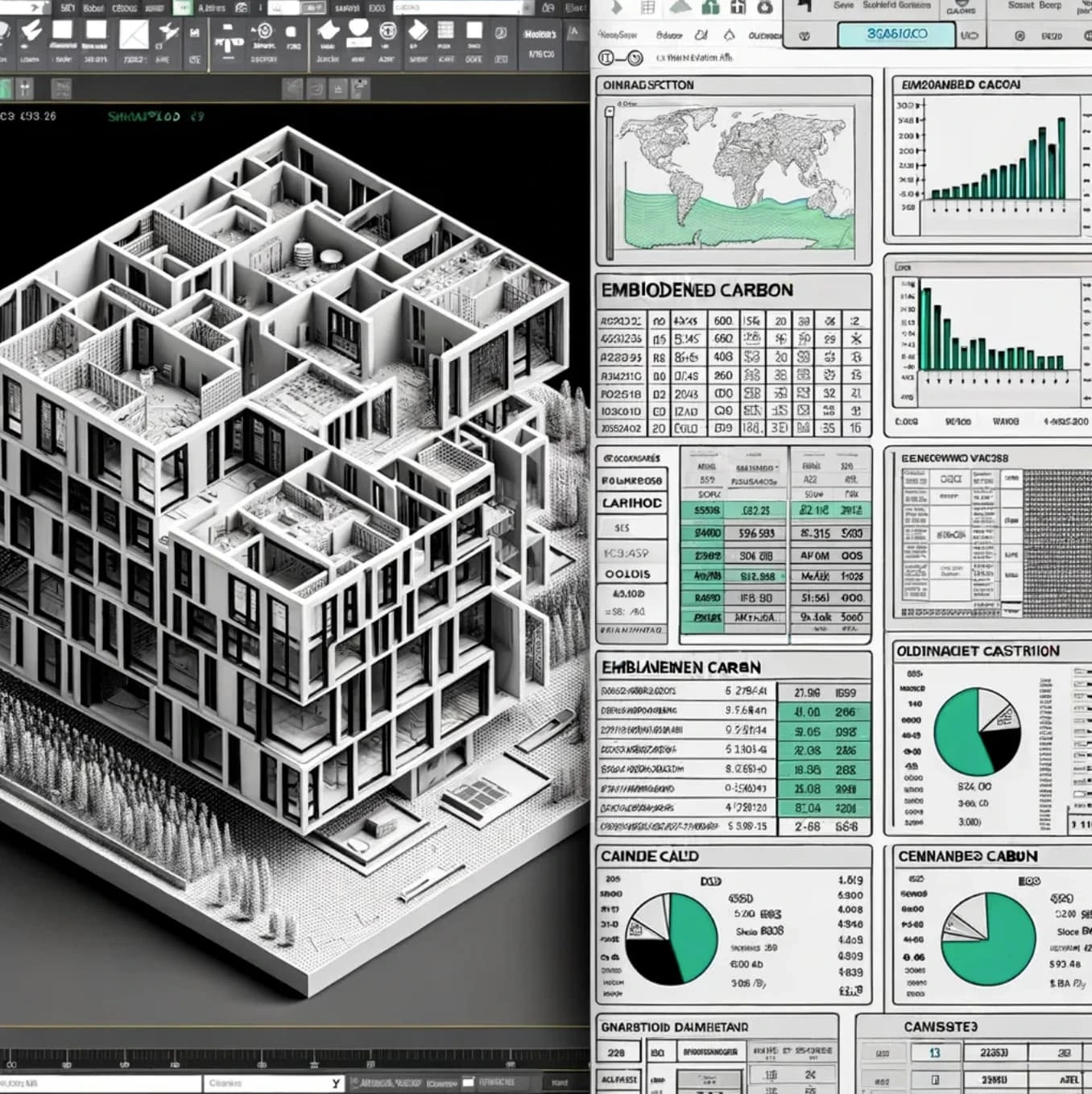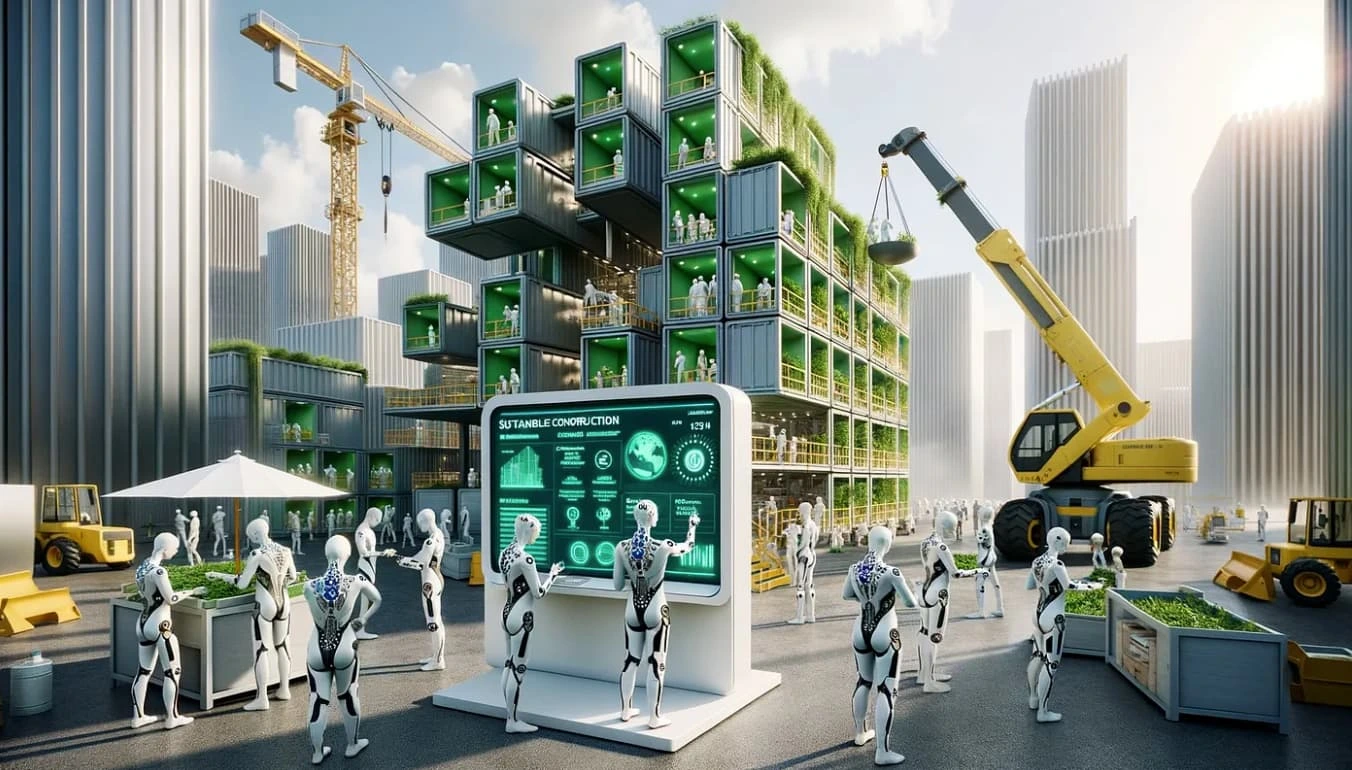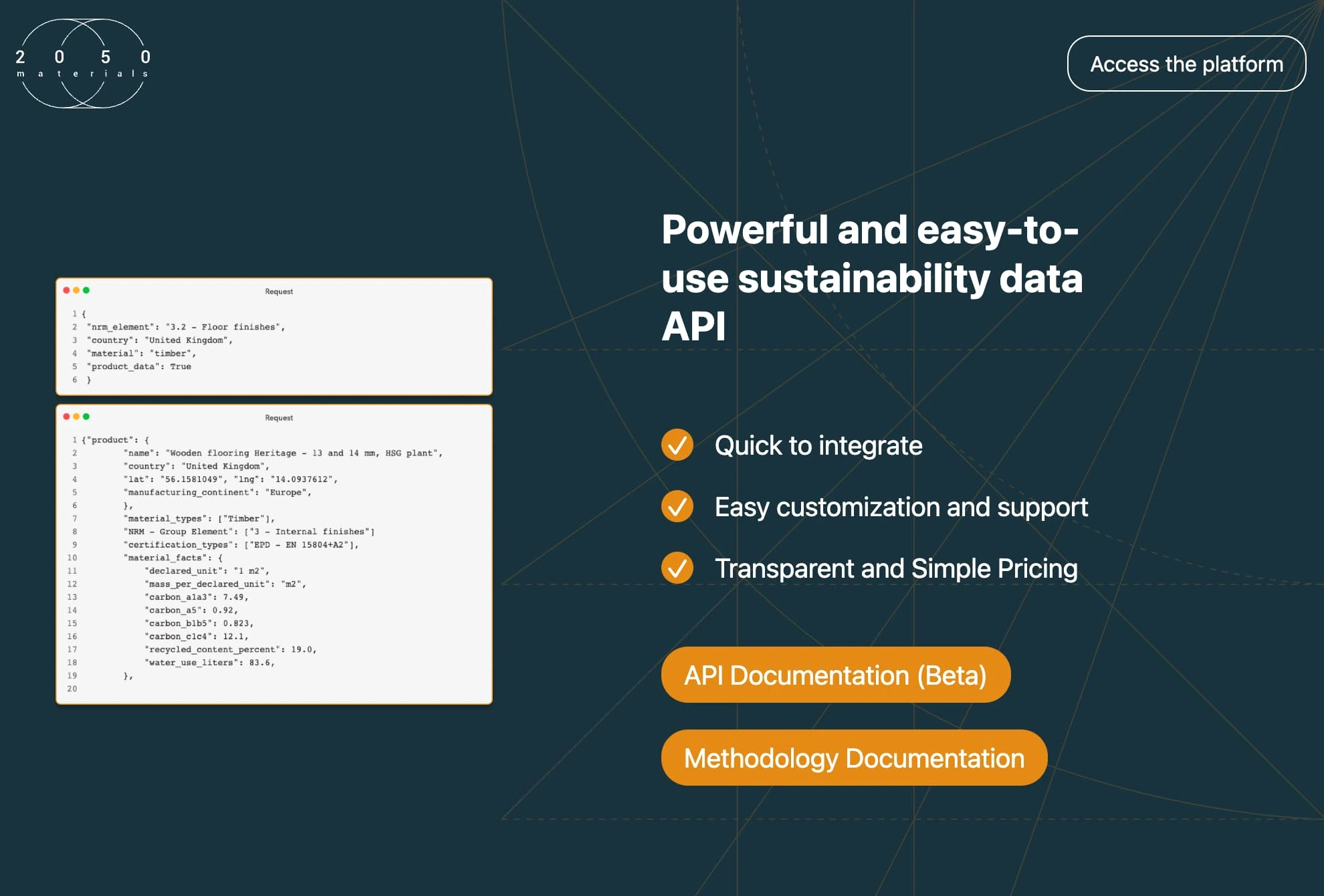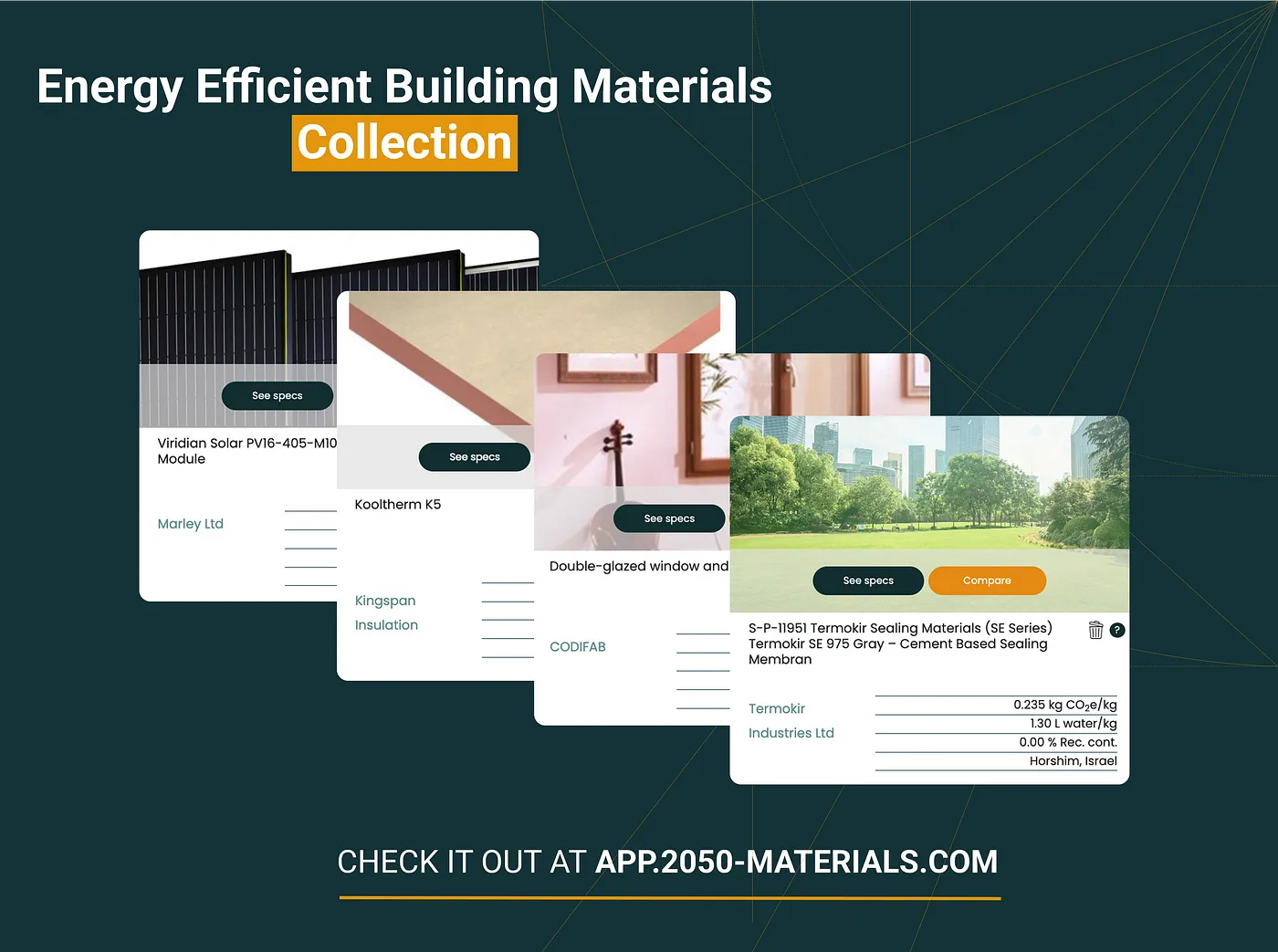6D BIM for Climate-Neutral Construction: The Future of Sustainable Building Design
In the quest for sustainability, 6D Building Information Modelling (BIM) is reshaping the future of construction. This innovative approach not only facilitates the design of buildings but also ensures their long-term operational efficiency aligns with climate-neutral objectives. Dive into the essentials of 6D BIM and its pivotal role in driving sustainable construction forward.

Generated using DALL·E 3
What is 6D Building Information Modelling (BIM)?
Building Information Modelling (BIM) is a transformative process that allows for the creation of comprehensive digital models of buildings. These models are comprised of intricate visual and functional data that evolve throughout the construction lifecycle within a Common Data Environment (CDE). As the model matures, it becomes a rich repository of information that is invaluable for sustainable building practices.
The Evolution from 4D to 6D BIM
Adding Value to Construction The journey from 4D to 6D BIM represents an expansion in scope and detail. With 4D BIM, we see the integration of time-related information, enabling precise scheduling. The fifth dimension, 5D BIM, correlates cost data to different components, allowing for accurate financial forecasting. However, 6D BIM takes a significant leap by embedding lifecycle data into the model, focusing on long-term sustainability and operational efficiency.
The Distinct Advantages of 6D BIM in Sustainable Design and Operations
6D BIM transcends traditional modelling by infusing the digital blueprint with details about the lifecycle, maintenance, and energy usage of building components. This encompasses the manufacturer’s details, installation, routine maintenance, and the component’s expected lifespan, all geared towards energy conservation and sustainability.
The Importance of 6D BIM in Design and Operation
During Design and Delivery
1. Long-term Vision: Allows teams to consider the long-term impact of their designs, including anticipated outcomes and costs.
2. Whole Life Costing: Helps shift focus from just the capital cost to the lifetime operating cost of the building.
Post-Construction Benefits
1. Information Handover: Offers a digital model to building operators, making information management easier than traditional paper bundles.
2. Planned Maintenance: Allows building operators to plan and budget for maintenance years in advance, avoiding surprise costs.
3. Data-Driven Updates: When updates or renovations occur, the model can be updated, providing valuable data for future similar projects.
Why 6D BIM is Essential for Climate-Neutral Construction Goals

Generated using DALL·E 3
6D BIM stands at the forefront of climate-neutral construction by enabling:
-
- Energy Optimization: 6D BIM helps in planning optimal energy usage over a building’s lifetime.
- Sustainable Choices: With complete data sets, it’s easier to make informed decisions about using sustainable materials.
- Lifecycle Analysis: Allows for a full lifecycle carbon footprint analysis, aligning with climate-neutral goals.
Integrating Sustainable Material Data with 6D BIM Models
A transformative aspect of 6D BIM is its ability to link detailed product and material information within the digital model. This feature is key to selecting sustainable materials early in the design process, contributing to the reduction of the construction sector’s carbon footprint. By prefacing material purchases with insights into their carbon impact, energy efficiency, and durability, the industry can significantly cut environmental impact while also optimizing operational expenditure.
Enhancing BIM Sustainability with 2050 Materials’ API Integration
2050 Materials is revolutionizing the integration of sustainability data into digital design through our API-first approach. Harnessing AI for data collection and combining it with meticulous lifecycle assessment calculations, we offer a comprehensive climate data database. By integrating this data with your BIM processes, 2050 Materials equips you to perform real-time embodied impact evaluations, making 6D BIM a cornerstone for sustainable innovation in construction.
Conclusion
The implementation of 6D BIM is no longer a luxury but a necessity in our collective push towards sustainable living spaces. It is an invaluable tool that promises not only to refine the art of building but also to anchor the construction industry firmly in the ethos of sustainability. As we face the pressing challenges of climate change, 6D BIM offers a pathway to build with foresight, responsibility, and environmental stewardship.
Linking Product and Material Data in BIM Models
One of the most transformative features of 6D BIM is the ability to link product and material data directly into the digital models. This creates an opportunity to make more sustainable choices at the design stage, driving the decarbonization of the built environment. Knowing the carbon footprint, lifespan, and energy efficiency of materials before they are even purchased allows designers and builders to opt for more sustainable alternatives. This not only reduces the environmental impact but also lowers long-term operating costs by opting for materials that are durable and require less maintenance.
2050 Materials’ Role in Unlocking Sustainability
To make the process of integrating sustainability data into digital design even more seamless, 2050 Materials offers an API-first approach. By combining AI-powered data collection algorithms with lifecycle assessment calculations, we provide the largest and highest quality database of climate data around building materials.

Contact us at api@2050-materials.com
This data can be effortlessly integrated into your existing BIM processes through our API, enabling real-time embodied impact calculations. This way, 2050 Materials serves as a crucial partner in leveraging 6D BIM to its full potential for a sustainable future.
Related articles

The Most Interesting Low Carbon Products in Office Design
In this article and collection, we highlight 11 outstanding products that contribute to a lower carbon footprint in office design.
Read more
Top Low Carbon Building Boards: Performance, Benefits, and Use Cases
The building boards highlighted in this article and collection showcase low-carbon innovation in modern construction.
Read more
11 Interesting Energy Efficient Building Materials for Reduced Environmental Impact
Discover a collection of energy efficient building materials that not only reduce greenhouse gas emissions but also contribute to long-term durability.
Read more